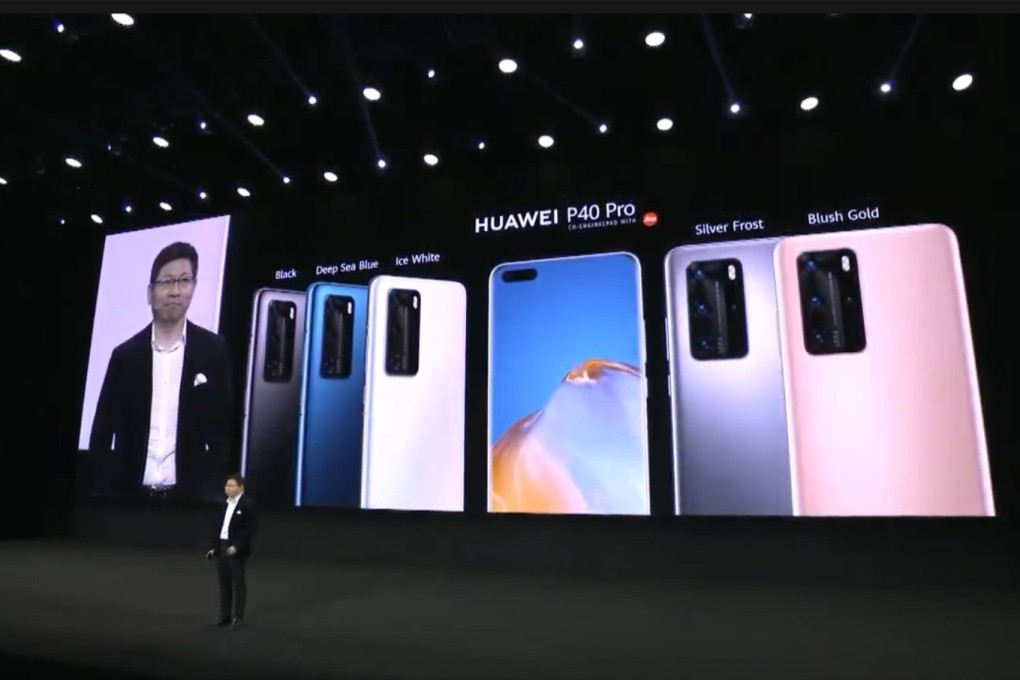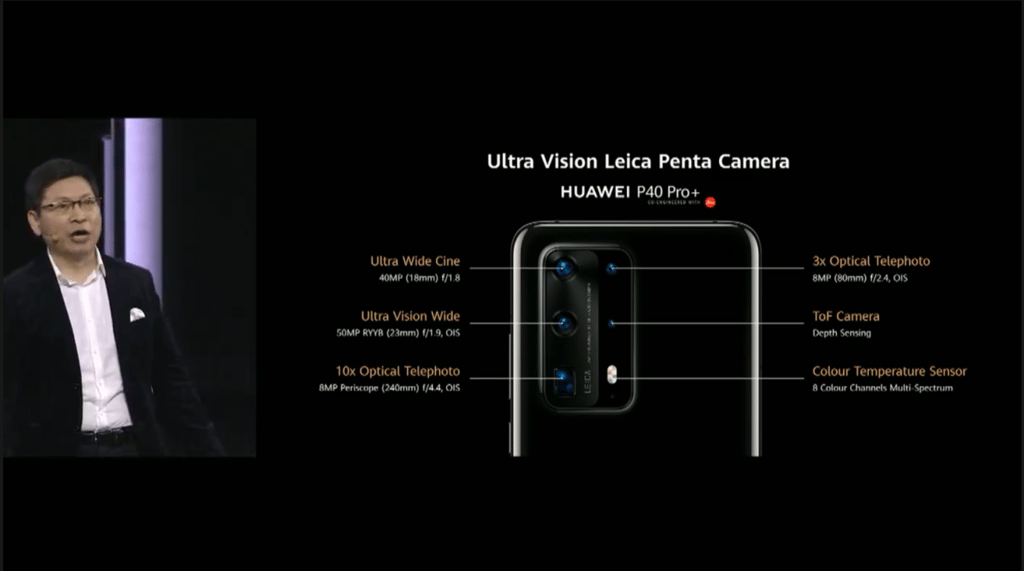Advertisement
Five things you need to know about the Huawei P40
Huawei’s new phone has a “monster camera” but still no Google apps
Reading Time:3 minutes
Why you can trust SCMP

This article originally appeared on ABACUS
Huawei’s P40 is here. In a mostly empty venue, with a few scarce claps audible in the background, Huawei’s CEO of consumer business Richard Yu introduced the “monster camera” available on the latest device from the company’s photography-focused series of phones.
But besides just taking better photos and having 5G (thanks to the company’s Kirin 990 chip), what else can you expect from Huawei’s newest phones? Here are five things to know about the P40, P40 Pro and P40 Pro+.
Three, four, five cameras
The back of Huawei’s newest flagship phone has a certain 1980s Kodak camera flair, perhaps a deliberate attempt to highlight how important photography is for this series. And it’s not all looks. Huawei is delivering some impressive hardware here aided by its ongoing partnership with Leica.
Advertisement
While all P40 models feature a 50-megapixel main camera, the number of cameras and zoom capabilities vary. You get three cameras on the P40, four on the P40 Pro and five on the P40 Pro+.

Advertisement
On the Pro+ you’ll find what Huawei is calling the “monster camera.” It offers a 40-megapixel ultrawide lens alongside the main camera, a time-of-flight sensor and two 8-megapixel telephoto cameras with 10x and 3x optical zoom.
Advertisement
Select Voice
Choose your listening speed
Get through articles 2x faster
1.25x
250 WPM
Slow
Average
Fast
1.25x